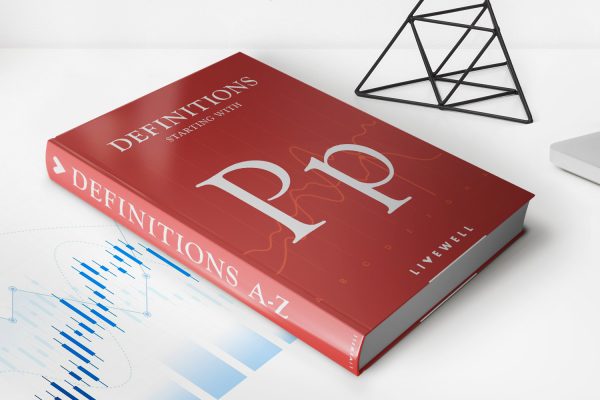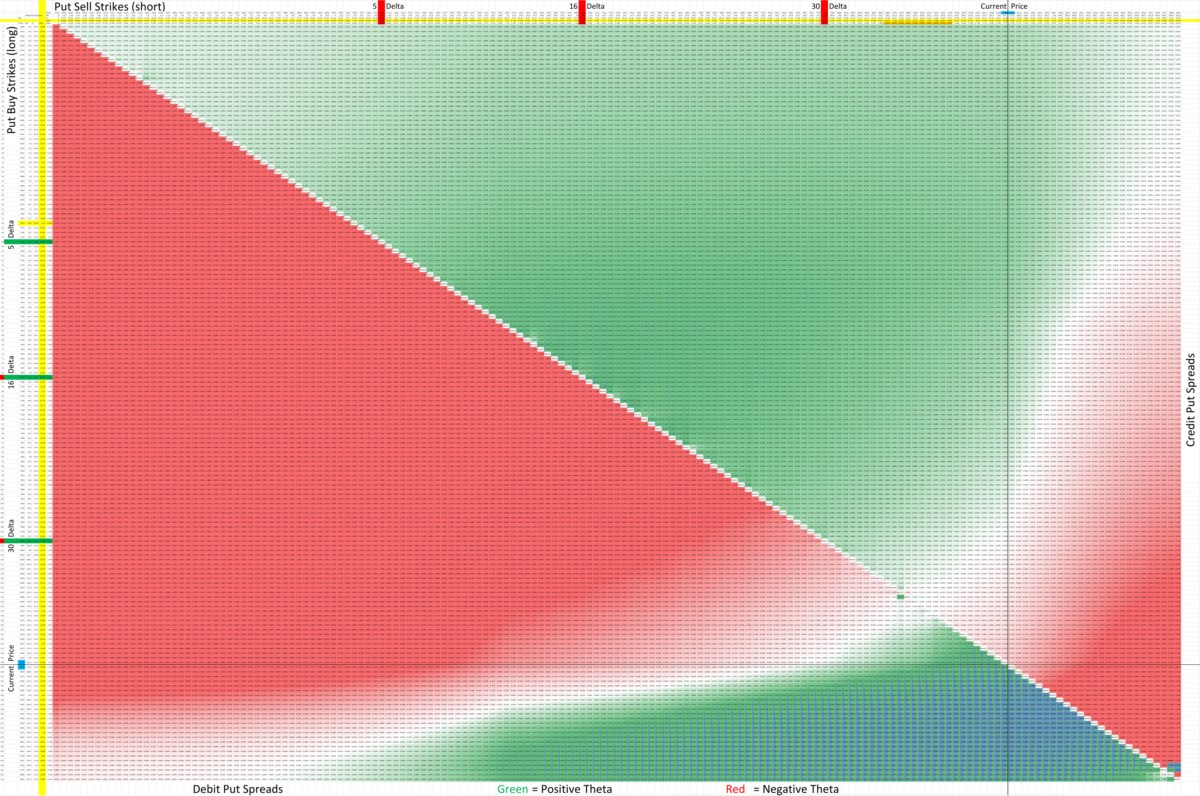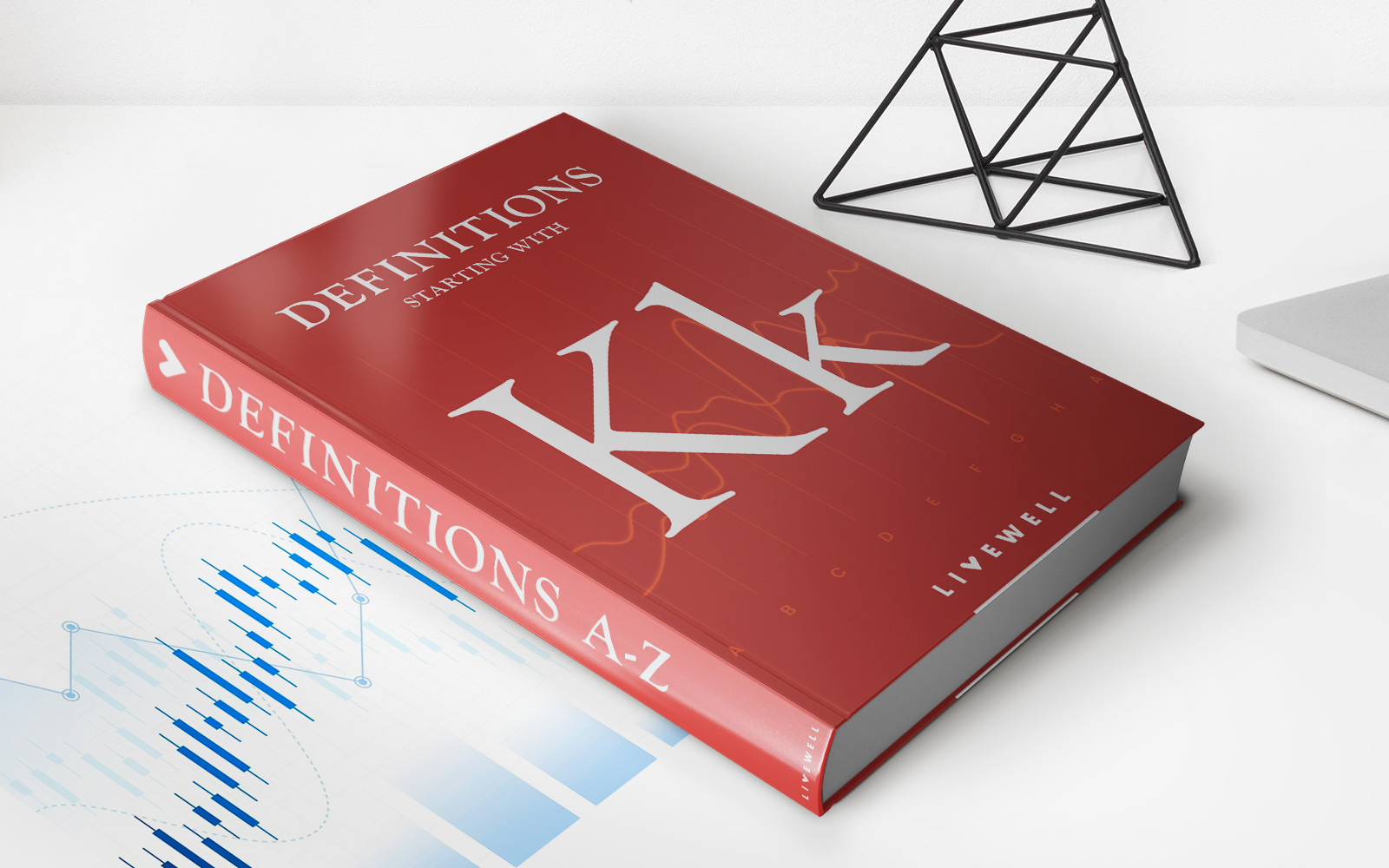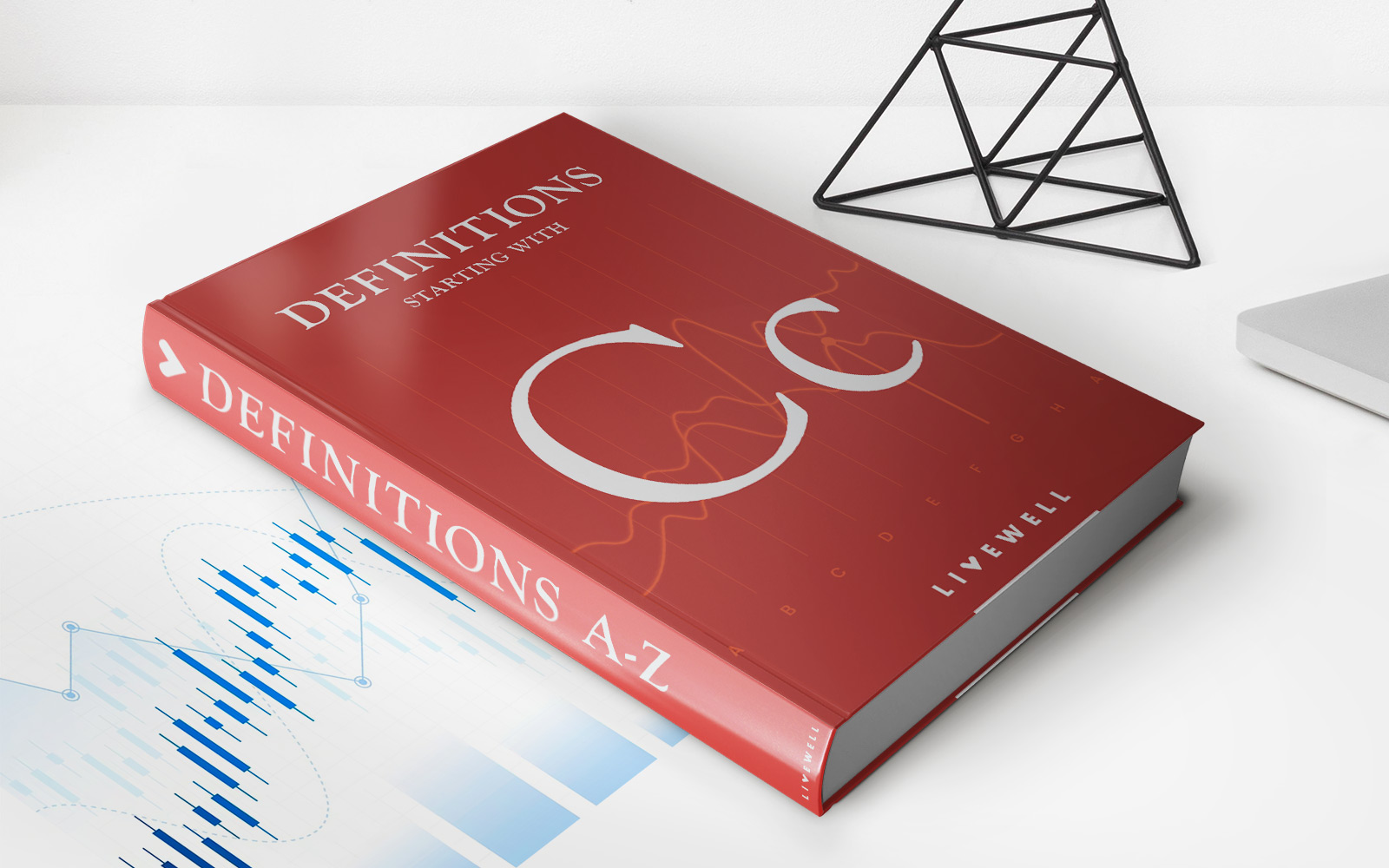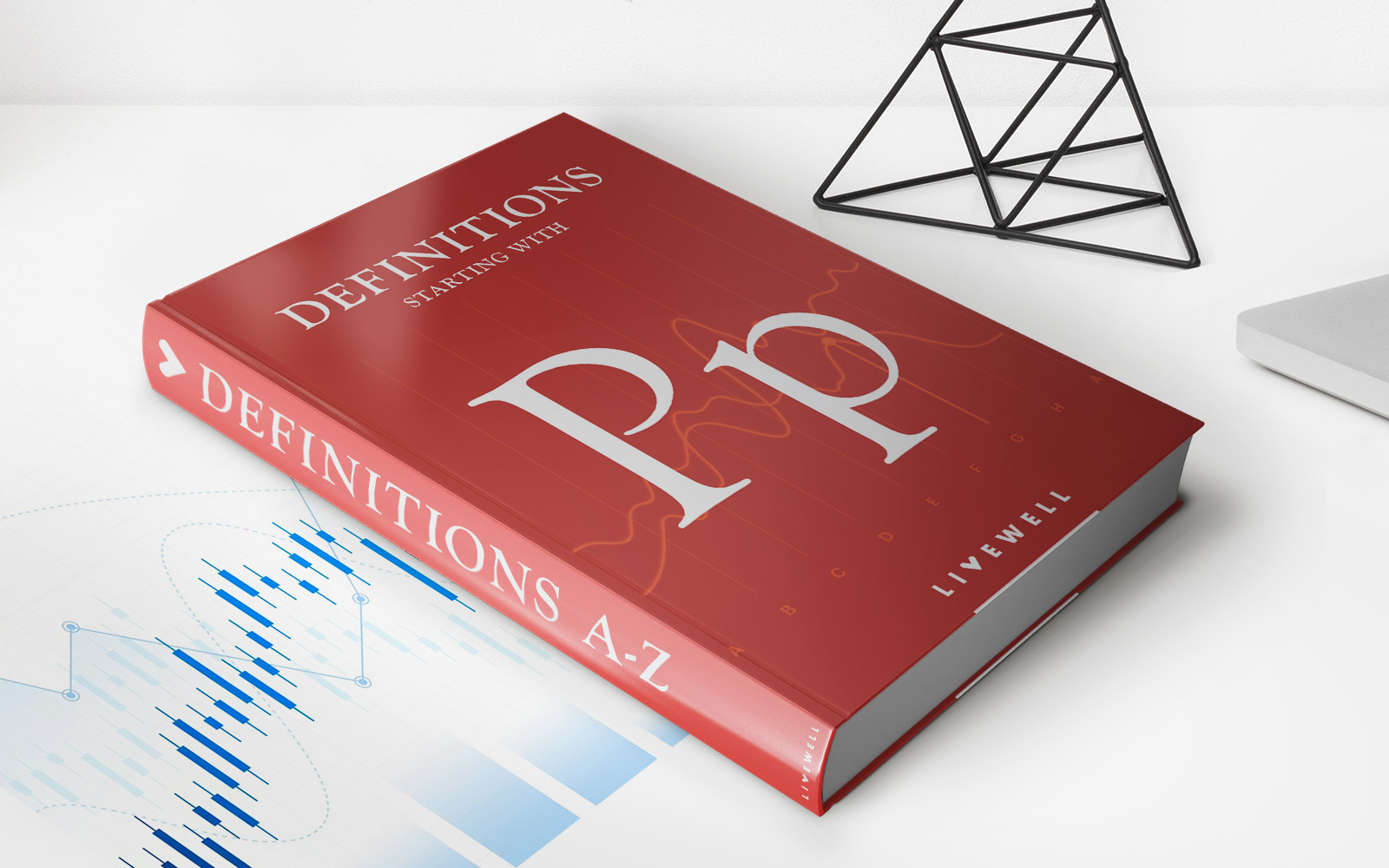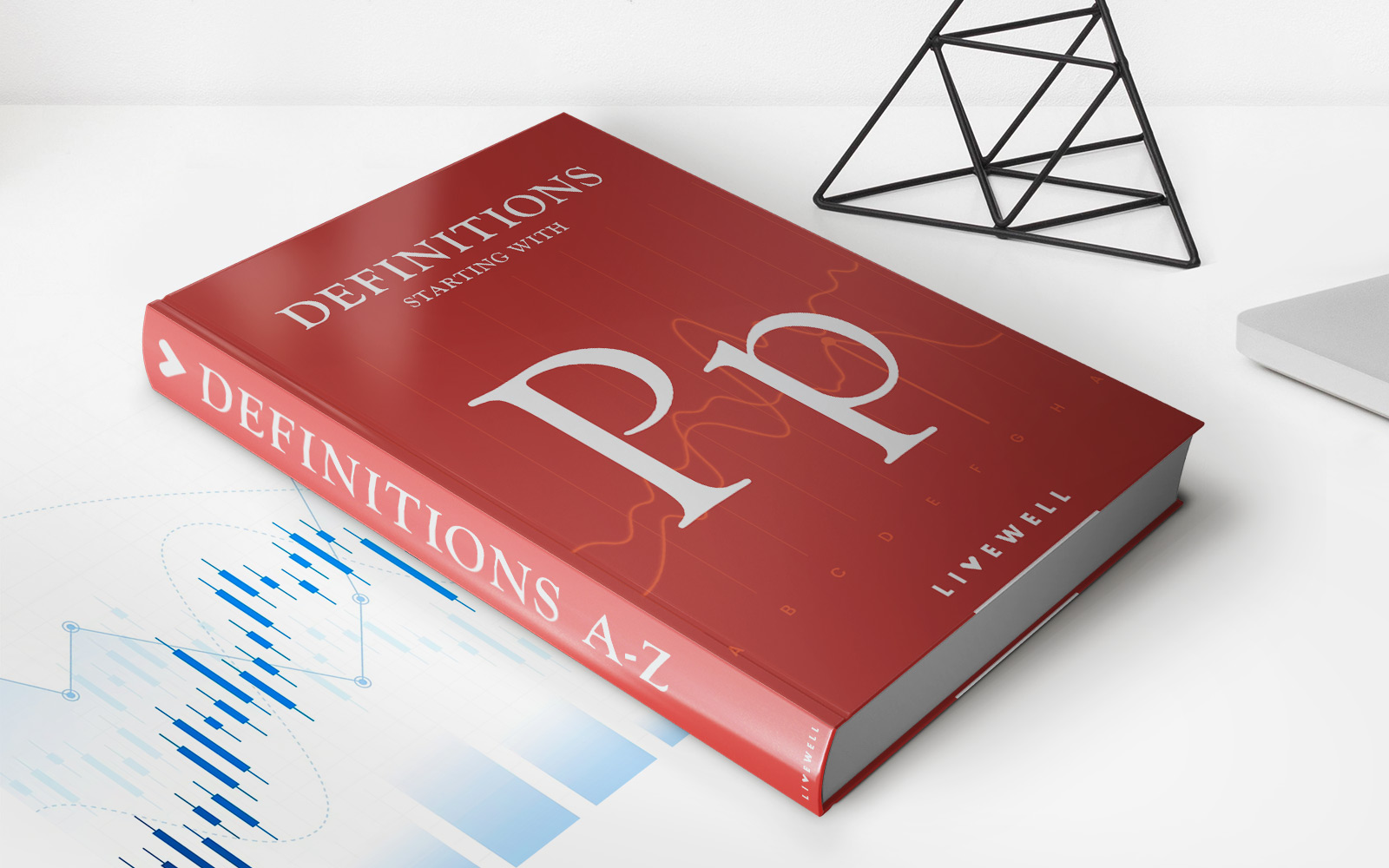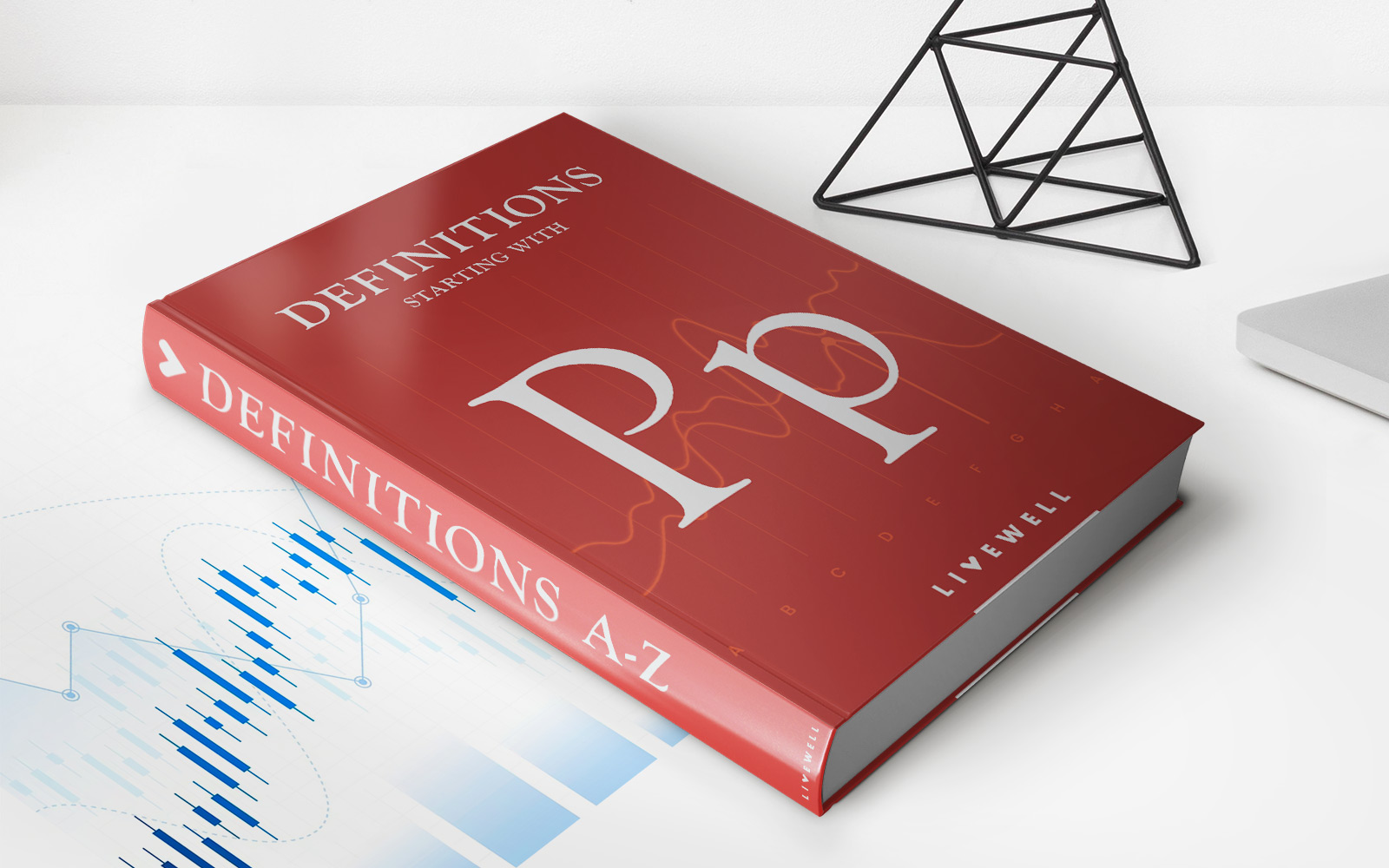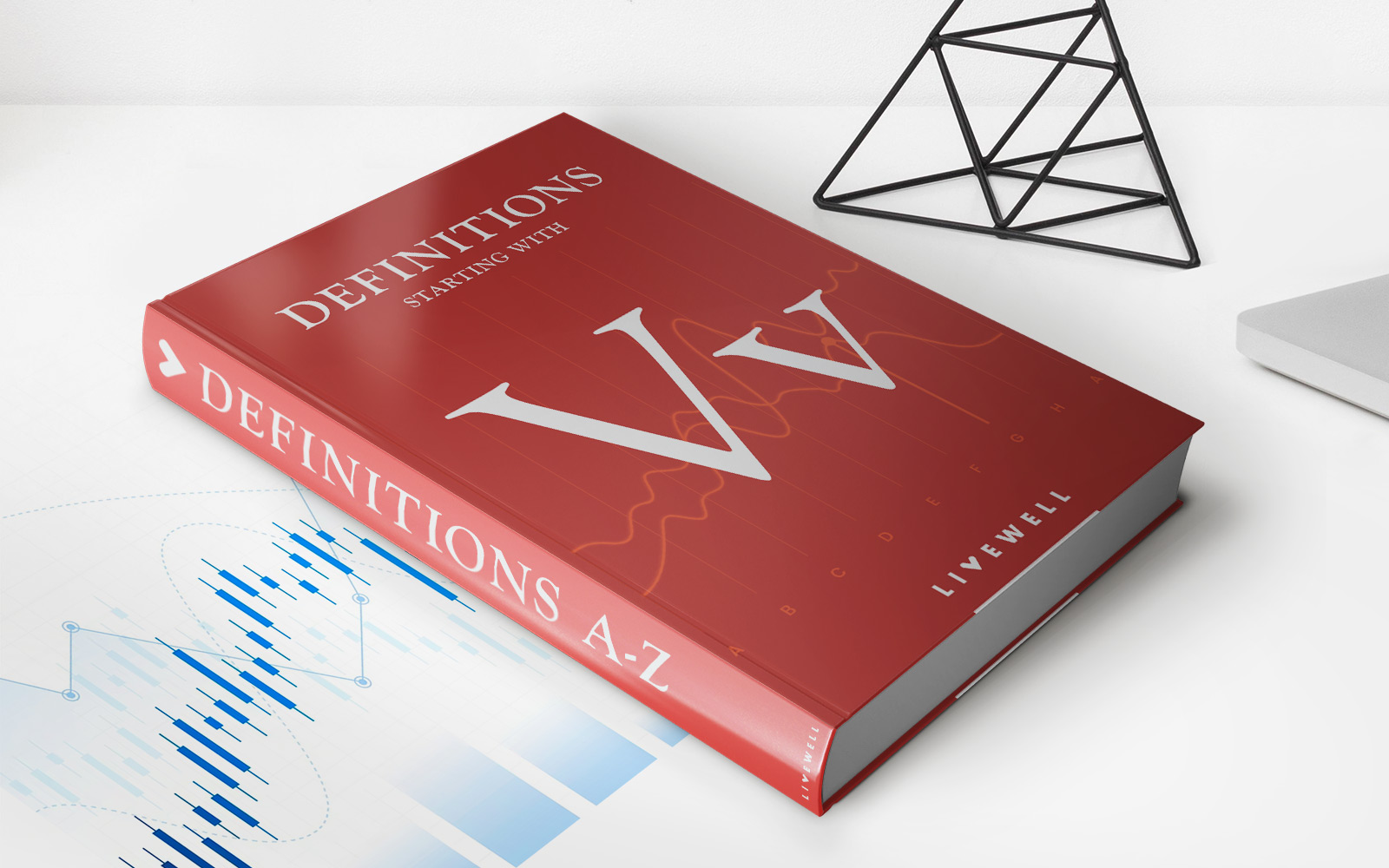

Finance
Put Swaption Definition
Published: January 14, 2024
Looking to understand Swaption Definition? Get a comprehensive explanation of this financial instrument and its application in the finance industry.
(Many of the links in this article redirect to a specific reviewed product. Your purchase of these products through affiliate links helps to generate commission for LiveWell, at no extra cost. Learn more)
Unlocking the Power of Put Swaption: A Comprehensive Guide
Welcome to the exciting world of finance! In this blog post, we will dive deep into the realm of put swaptions – a powerful financial instrument that can potentially optimize your investment strategy. Are you ready to explore this fascinating concept and discover how it can help you navigate the world of finance? Let’s get started!
Key Takeaways:
- A put swaption gives the holder the right to enter into a swap agreement where they can receive fixed interest payments and pay floating interest rates.
- Put swaptions provide an opportunity to protect against adverse interest rate movements and potentially benefit from favorable ones.
Understanding Put Swaptions
Before we delve into the intricacies of put swaptions, let’s first define what they are. A put swaption is a financial derivative that gives the holder the right, but not the obligation, to enter into a swap agreement. This agreement allows the holder to receive fixed interest payments from the counterparty while paying floating interest rates. Essentially, a put swaption acts as insurance against rising interest rates.
Here are a couple of key takeaways about put swaptions:
- Put swaptions provide the holder with an advantageous position as they have the right to enter into the swap agreement; however, they are not obligated to do so.
- By exercising a put swaption, the holder can potentially protect themselves against unfavorable changes in interest rates.
- Put swaptions can also present an opportunity to benefit from favorable interest rate movements.
Now that we have a basic understanding of put swaptions, let’s explore how they function in practical terms.
Functionality of Put Swaptions
Put swaptions are typically settled on predetermined dates, known as exercise dates. On the exercise date, the holder has the right to enter into a specific swap agreement that has been pre-determined. If the holder chooses to exercise the put swaption, they can lock in a fixed rate while paying floating rates for the underlying swap period.
It’s important to note that put swaptions are commonly used in hedging strategies. As mentioned earlier, put swaptions act as a form of insurance against rising interest rates. If interest rates surge, the holder can exercise the put swaption and benefit from the fixed rate, reducing their exposure to higher interest payments. On the other hand, if interest rates remain relatively stable or decrease, the holder may choose not to exercise the put swaption, as it would be more advantageous to pay floating rates.
The value of a put swaption is influenced by various factors, including the underlying swap rate, the exercise date, and prevailing market conditions. Pricing a put swaption can be complex, and its value can fluctuate over time. Therefore, it’s important to understand the dynamics of the market and consult financial professionals before making any investment decisions.
Incorporating Put Swaptions Into Your Financial Strategy
Put swaptions can be a valuable addition to your financial arsenal, offering protection against interest rate risks and potential opportunities for gains. Here are a few ways you can consider incorporating put swaptions into your overall financial strategy:
- Hedging against interest rate risk: If you have a floating-rate liability, such as a loan, you can use a put swaption to hedge against potential increases in interest rates. By exercising the put swaption, you can lock in a fixed rate and mitigate the risk of rising interest payments.
- Speculating on interest rate movements: Put swaptions also provide an avenue for speculation, allowing you to potentially profit from shifts in interest rates. If you anticipate a decline in interest rates, you can purchase a put swaption and benefit from paying lower floating rates.
- Portfolio diversification: Including put swaptions in your investment portfolio can help diversify risk. As with any investment, diversification is key to managing risk and maximizing potential returns.
Remember, investing in put swaptions involves risks, and it is crucial to understand the dynamics of the financial market and seek professional guidance. Always conduct thorough research and analysis before incorporating put swaptions or any other financial instrument into your investment strategy.
Now that you have a better understanding of put swaptions, you are better equipped to navigate the dynamic world of finance. Use your newfound knowledge wisely and explore the countless possibilities that put swaptions offer. Happy investing!
